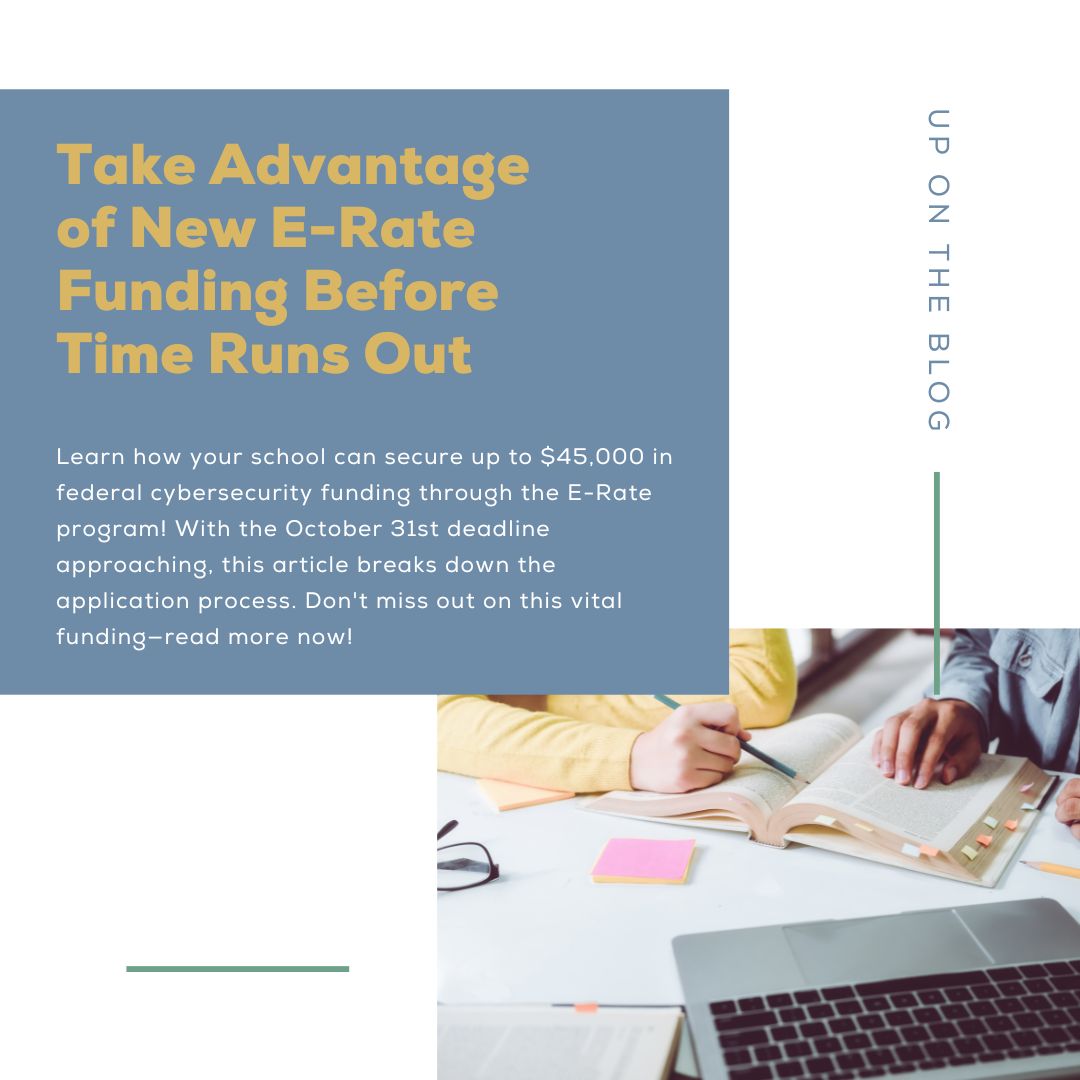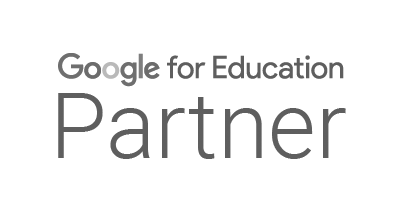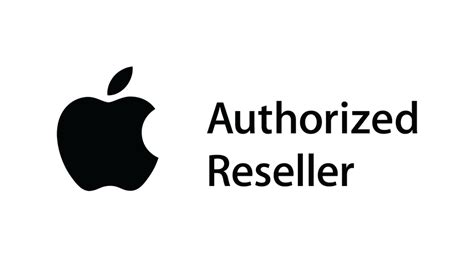With volumes of valuable student and employee data, schools are an appealing target for cyber attacks, ransomware attacks, and phishing schemes. In addition to sensitive information, schools are particularly vulnerable due to their general lack of cybersecurity awareness, a diverse user base that may include young children, and increasing digital dependence. Independent and charter schools, especially so, as these kinds of schools charge tuition, offer financial aid, and fundraise, making them tempting to hackers. If your school’s data and finances are compromised in an attack, not only does it put your current student body and staff at risk, but it could impact your reputation, which could then derail future enrollment and alums contributions for years to come.
With the increasing use of technology in the classroom, the need to protect sensitive information and ensure a safe online environment for students and staff has never been more critical. As we head into the upcoming school year, we’re walking you through our essential cybersecurity best practices that your school can adopt to safeguard its digital and financial assets so you can focus more on education and less on crisis management.
Implement Comprehensive Cybersecurity Policies
Creating and enforcing robust cybersecurity policies is the foundation of a secure digital environment. Private and charter schools “with smaller IT budgets should develop a multiyear security roadmap and — at a minimum — start by deploying multi-factor authentication, endpoint security, firewalls, encryption and data backup, as well as invest in cyber liability insurance, according to the ATLIS” (Ed Tech). Schools should regularly review and update these policies to address emerging threats and ensure compliance with the latest regulations.
Use Strong Passwords and Multi-Factor Authentication (MFA)
Begin using strong, unique passwords and multi-factor authentication (MFA). It’s easy to implement and can drastically improve account security. MFA adds an extra layer of protection by requiring users to provide two or more verification factors to access their accounts, making it more challenging for cybercriminals to gain unauthorized access.
Educate and Train Staff and Students
Human error is one of the most significant vulnerabilities in cybersecurity. If you have security policies in place but no one to uphold them, they do little good. Regular training sessions for staff and students on identifying phishing attempts, creating strong passwords, and recognizing suspicious activities can significantly reduce the risk of cyber incidents. Incorporating cybersecurity education into the curriculum can also help students develop a lifelong understanding of safe online practices. KnowB4 is a great resource for helping students and staff learn to discern suspicious emails and websites.
Regularly Update Software and Systems
Outdated software and systems are prime targets for cyberattacks. Schools should ensure that all devices, operating systems, and applications are regularly updated with the latest security patches. Automating updates, where possible, can help maintain a robust security posture without overburdening IT staff. You don’t want to wait to update your devices and software until it’s too late. Creating an update schedule to ensure that everything is up-to-date is a simple and effective preventative measure against cyber threats.
Secure Network Infrastructure
A secure network infrastructure protects sensitive data and ensures reliable communication. Schools should use firewalls, intrusion detection systems, and secure Wi-Fi configurations to safeguard their networks. Segmenting the network to separate administrative functions from student access can also reduce the risk of internal threats. Continuous monitoring of network activity can help identify and mitigate potential threats before they cause significant damage. Schools should use security information and event management (SIEM) systems to collect and analyze data from various sources, enabling timely detection of suspicious activities. A well-defined incident response plan can also ensure a swift and effective response to any security breaches.
Not sure which policies are most important for your school or how to implement them in a way that truly supports your learning environment? Technology Lab can help. Cybersecurity is a complex and ever-evolving field. Partnering with external cybersecurity experts like us can provide your school with the specialized knowledge and resources needed to create security measures that protect your information, your assets, and your people. Working with us begins with a Free Discovery Call, where we learn more about your school, discuss your needs and goals, and then determine if an IT Assessment is the right next step. Our IT Assessment will fill you in on your current vulnerabilities and action steps for how we can strengthen your school’s security and overall IT efficiency. To start this new school year off on the right foot and create a culture of cybersecurity awareness and secure learning, schedule your Free Discovery Call with Technology Lab today.

















